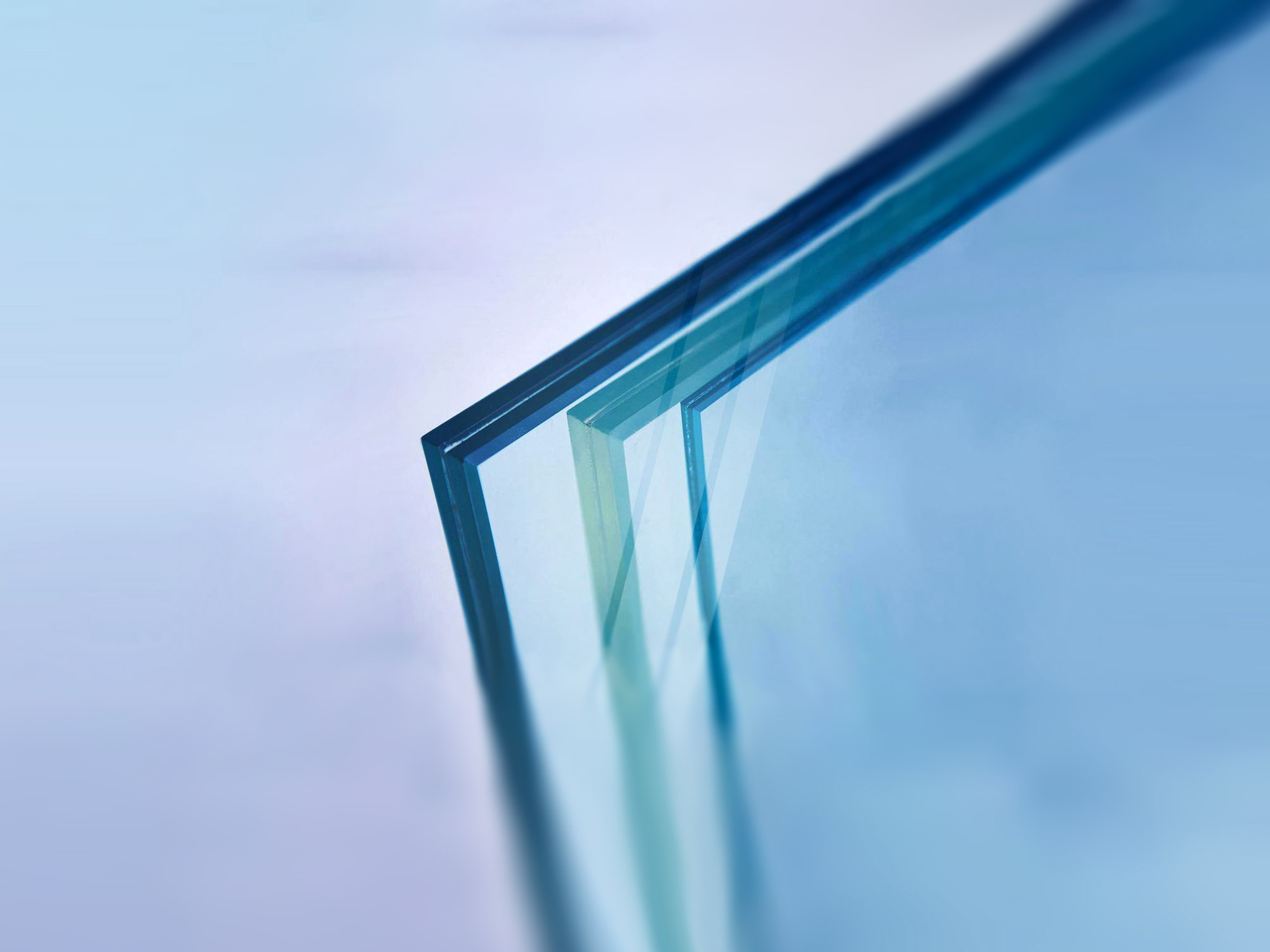

The Aesthetic and Functional Appeal of Patterned Glass
Patterned glass has become an increasingly popular choice in architecture and interior design, thanks to its unique combination of aesthetic beauty and practical benefits. As we delve into the world of patterned glass, we discover a material that not only enhances visual appeal but also serves various functional purposes.
One of the most striking features of patterned glass is its ability to manipulate light. The surface texture can create intriguing reflections and refracted light patterns, transforming ordinary spaces into enchanting environments. Different designs can evoke different moods; for instance, geometric patterns may lend a sense of modernity while organic motifs can induce a feeling of tranquility. The play of light and shadow created by patterned glass can also alter the perception of space, making small areas feel larger and more dynamic.
Patterned glass comes in countless designs, from subtle textures to bolder patterns. This versatility allows designers to tailor the glass to their specific needs. For instance, in residential settings, patterned glass can be used in bathroom windows or shower doors to ensure privacy without sacrificing natural light. The textured surface obscures the view while allowing soft, diffused light to fill the room, creating a serene atmosphere.

In commercial and public spaces, patterned glass plays a critical role as well. It can be utilized in facades, partitions, and doors to enhance privacy while maintaining an open, inviting environment. This is particularly important in office spaces, where employees may seek collaborative yet private areas to brainstorm or work in teams. With innovative designs, businesses can create a unique brand identity; custom patterns can be incorporated into the glass to reflect the company's ethos or logo, making the architecture not just a shelter, but a statement.
In addition to its design potential, patterned glass offers practical benefits that enhance its appeal. Many types of patterned glass provide additional strength and durability compared to standard flat glass. The textures can help reduce glare, making interiors more comfortable and visually appealing. Furthermore, certain types of patterned glass are treated or laminated to increase thermal efficiency or sound insulation, making them ideal for energy-conscious designs or noisy urban environments.
The production of patterned glass also reflects a fascinating convergence of technology and craftsmanship. Techniques such as sandblasting, etching, and rolling can create a vast array of textures, ensuring that the designs are not only visually stunning but also tailored for specific applications. This intersection of art and technology allows architects and designers to push the boundaries of glass use, incorporating it in innovative ways that were previously unimaginable.
In summary, patterned glass serves as a compelling medium that marries form and function. Its unique capability to manipulate light while providing privacy, aesthetics, and sustainability has made it a favored choice among architects and designers. As we continue to explore new design possibilities, the use of patterned glass is set to expand, further enriching our built environments. Whether used in residential homes or commercial spaces, patterned glass embodies creativity and utility, transforming the ordinary into the extraordinary.